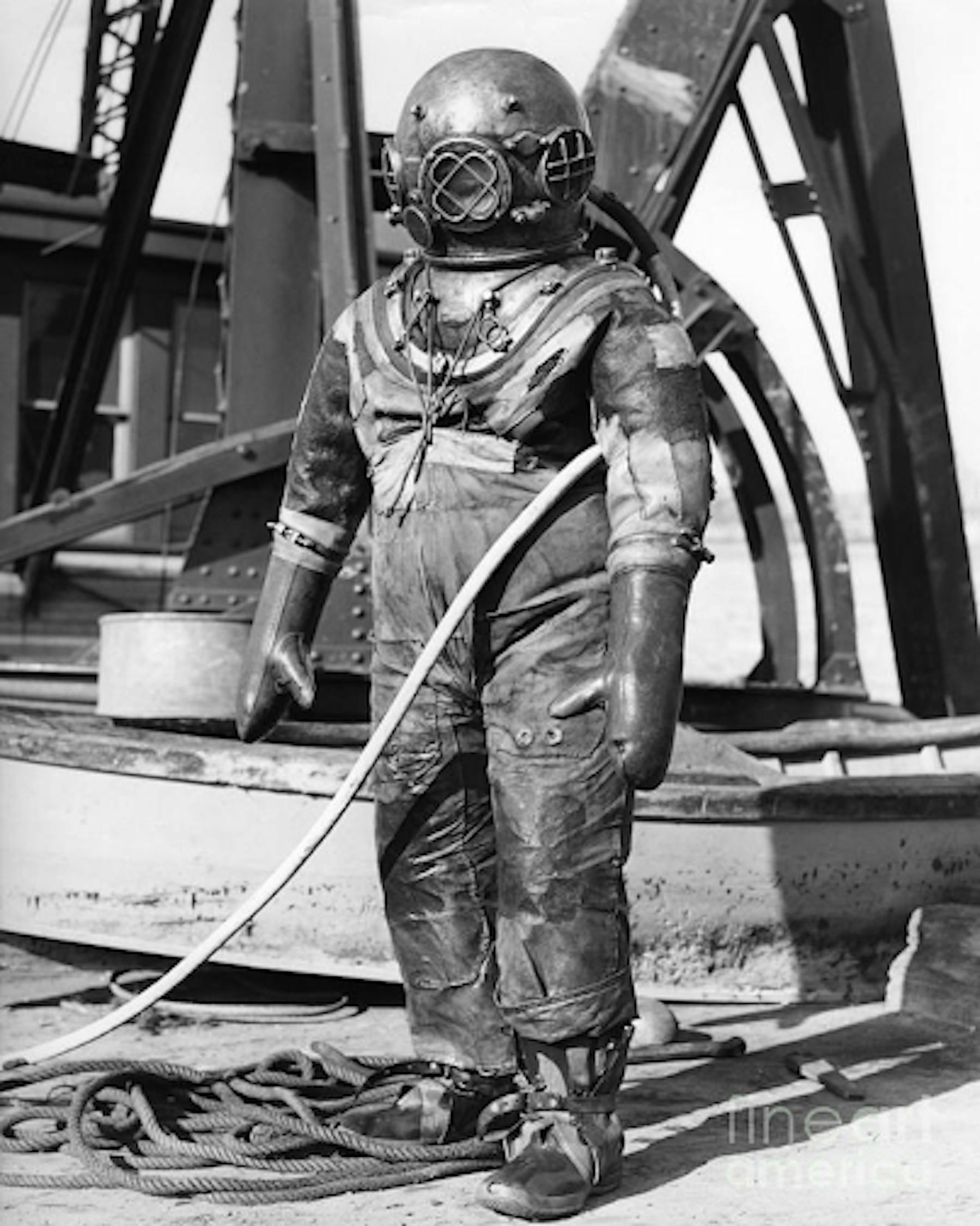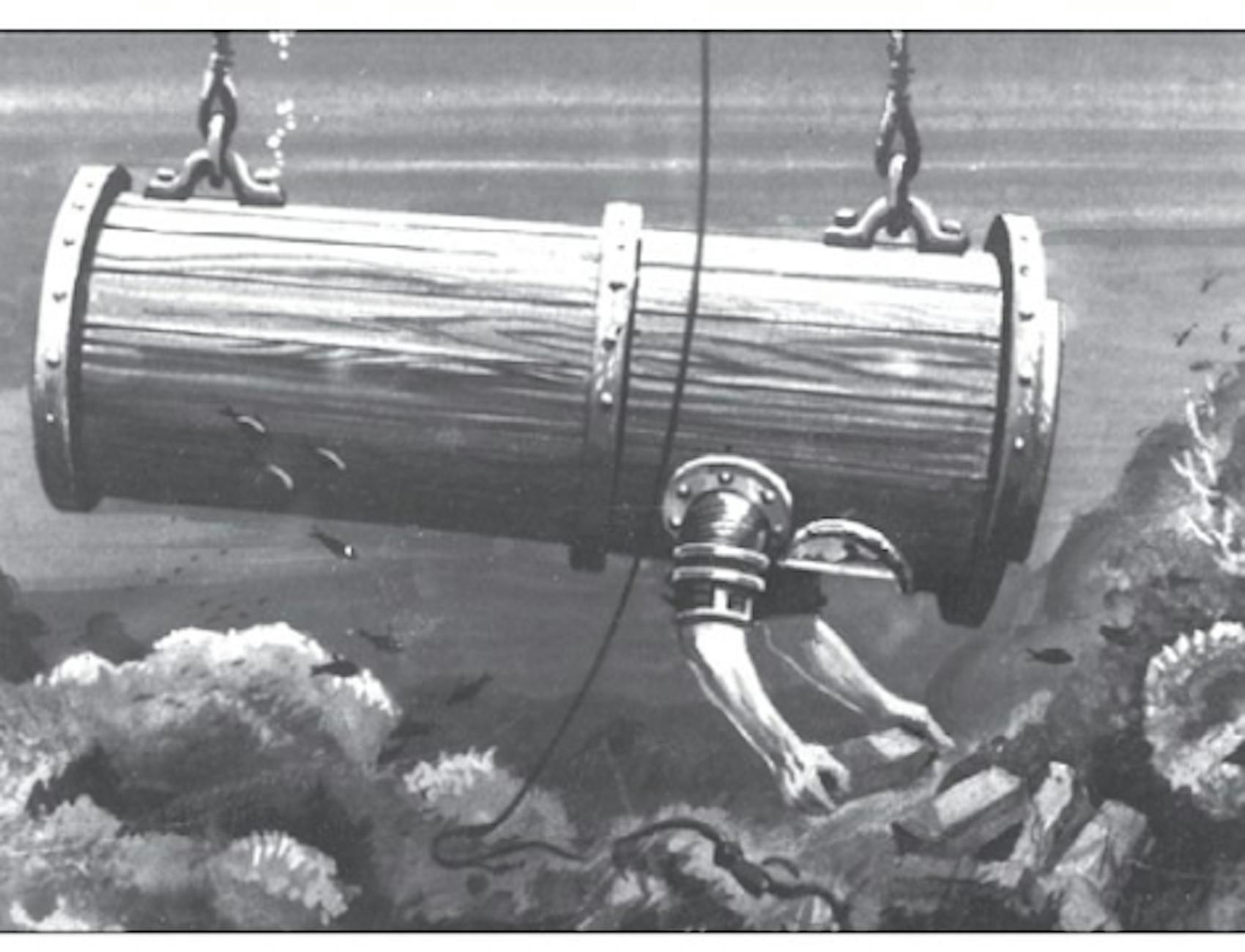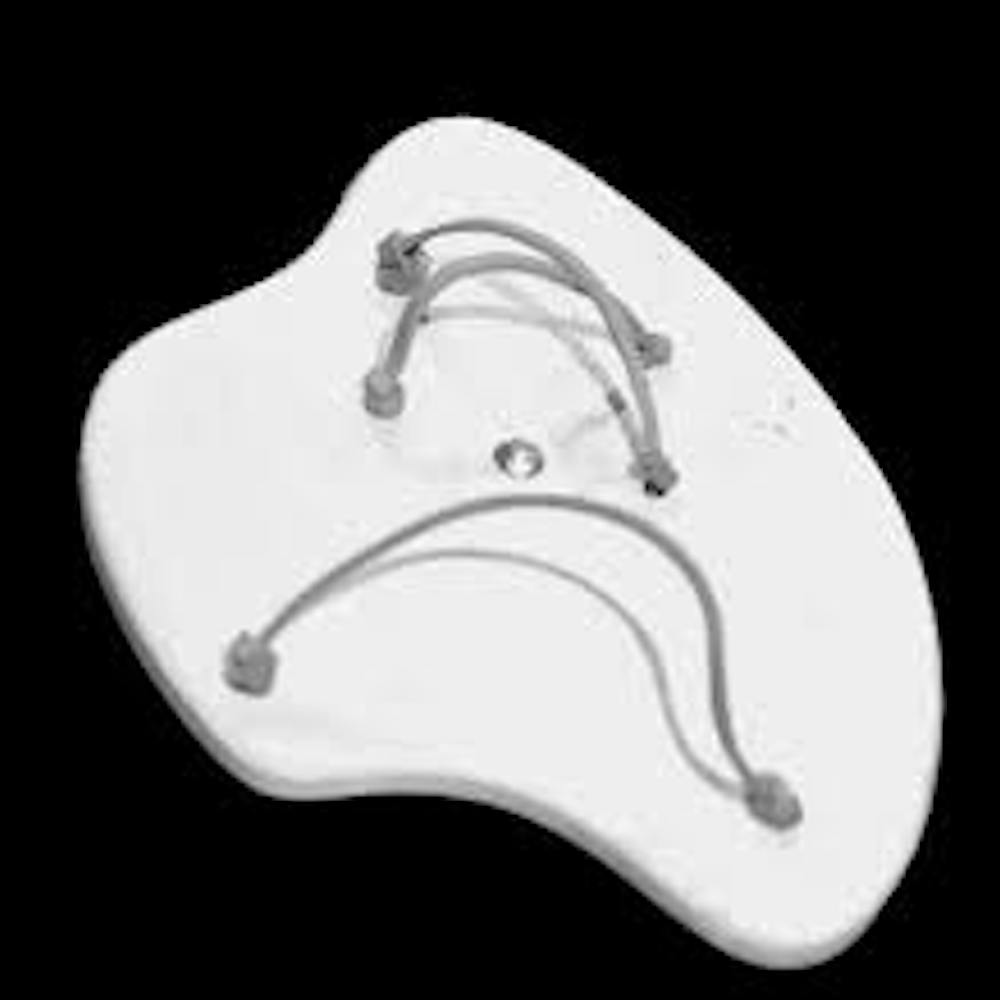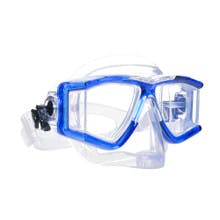The History of Scuba Gear

Have you ever wondered how your scuba gear came to be? The technology and equipment divers use today seems to have become familiar to us all. You are in for a surprise when you learn about the origin stories of diving equipment.
Scuba Masks: Scuba masks are a fundamental piece of equipment when diving. You simply can’t witness the beauty of the underwater world without a mask. Did you know that the earliest instance of underwater eyewear can be traced back to the 13th century? Persians would thinly slice and polish tortoise shells to find valuable pearls underwater. Fast-forward a couple of centuries, divers had to wear a standard diving dress, also known as copper hat equipment. You may have seen the suit I’m referring to, a big suit with a metal diving helmet. The visibility out of that suit was extremely minimal because divers could only see through tiny, gated glass windows. Nowadays, scuba masks are created with high-quality lenses and sturdy builds that let us see clearer and protect us more than a tortoise’s shell ever could.
Snorkels: Where there is a scuba mask, there's a snorkel. The concept of the snorkel has not changed throughout the centuries. Essentially, the snorkel is a tube that connects the diver to the open air. The earliest records of snorkeling can be linked back to 3,000 BC. In Greece, sponge farmers would breathe through thin hollow reeds to collect sponges. Although the concept of the snorkel has not changed, it has received improvements and features that prioritize comfort and experience. For example, the standard snorkel has a flexible tube and molded mouthpiece, already more comfortable than a hollow stick. Other features include a splash guard, purge valve, and you can even get a snorkel in your favorite color.

Scuba Fins: Did you know that it was Benjamin Franklin who came up with the idea of fins? Yes, the same president that is on the 100-dollar bill is credited with inventing swimming fins at the age of 11.
Franklin loved swimming at a young age and wondered how he could swim faster. He cut two wooden ovals and used sandal string to hold them with his hands. He tried the same concept with the bottoms of his feet but it didn’t work. As he quickly understood, when swimming, the power stems from the top of the feet, not the bottom. His model, slabs of wood, led to the vast diversity of fins we have today. His advocacy for swimming got him inducted into the International Swimming Hall of Fame in 1968.
Scuba Tanks: Before there were tanks, there were diving bells. In the 16th century, two Greeks demonstrated their air chamber invention to the Emperor of Spain. The inventors submerged themselves with a lit candle inside the diving bell. When the inventors and the candle returned untouched by water, the world began building on this discovery.
Soon after, the diving bell would become an air bubble allowing freedivers to breathe without having to resurface. Edmond Halley, the astronomer, greatly improved the diving bell by adding a window and an extra supply of air. Although the concept of bringing air underwater has not changed, today’s scuba tanks are much smaller and technology has made it possible to wear this life support system like a backpack.
Scuba BCDs: In the 17th century, John Lethbridge invented the “diving engine.” This was the first “diving suit” that was not connected to a supply of air. The diver would enter a wooden barrel and use the arm sockets to recover valuables from shipwrecks. Similar to a claw crane machine, the diver would be lowered to the wreck, fill his arms with valuables and would then be raised back onto the ship to renew the “diving engine’s” air supply and repeat the process. The controlled lowering and resurfacing from the “diving engine” inspired the buoyancy control devices (BCDs). Without the use of a pulley system, BCDs instead use weights and air to descend and or resurface and to maintain proper depth while diving.
Scuba Regulators: The diving world drastically changed in 1926, when the first open-circuit Self-Contained Underwater Breathing Apparatus (S.C.U.B.A) was invented.


This was the first time in history that a diver could breathe underwater untethered to the surface.16 years later, in 1942, the invention was commercialized by Emile Gagnan and Jacques Cousteau. Their invention made it possible to breathe on demand, avoiding manual adjustments. They called it the Aqua-Lung and from it, the Scuba Regulator was born. This invention gave birth to recreational scuba diving and made it possible for today’s certified scuba divers to freely explore the underwater world.
I hope this has given you a new sense of appreciation for your scuba gear. You can see the hardships that went into creating the standard equipment we have today. It required constant work from brave individuals, striving to explore the underwater world. Thanks to them underwater exploration has come a long way allowing us to continue to dive and explore the wonders of the underwater world.
FAQs
Why was scuba diving invented?
Scuba diving was invented to salvage sunken ships. Now, scuba diving is for recreational exploration.
When was scuba diving first invented?
It is claimed that scuba diving was invented when the first Self-Contained Underwater Breathing Apparatus (S.C.U.B.A) was created in 1926.
Who invented the scuba fin?
Benjamin Franklin invented the first scuba fin when he was 11 by using two wooden pallets.
What scuba diving equipment is needed?
Typically, scuba diving equipment includes a mask, snorkel, fins, wetsuit, regulator, BCD, and a tank.
What was the first scuba diving brand?
Aqualung is considered the first scuba diving brand for it was the first commercialized self-contained underwater breathing apparatus.






